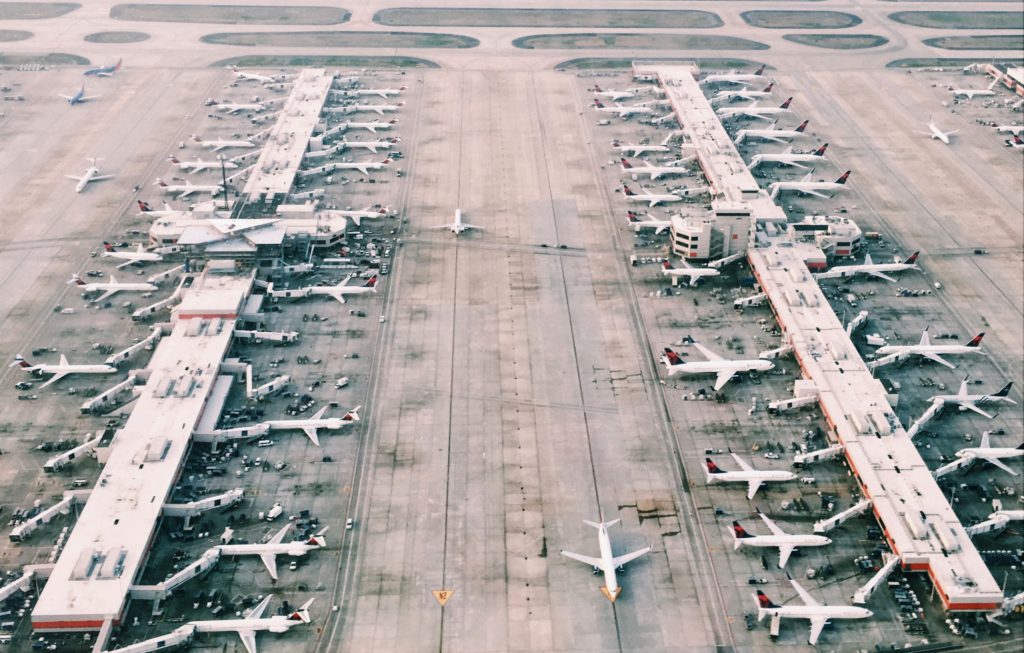The aviation industry is complex, with constant changes and developments to technology. Nothing is worse than learning that your insurance program isn’t sufficient enough to cover your business in the event of a claim. Luckily, there are insurance brokers available who have knowledge of current aviation market trends and concerns and can insure the most important aspects of your business. Whether you have a small single plane operation or a large aircraft fleet, there are insurance and risk management solutions available to meet the needs of all types of aircrafts.
Common types of aircraft insurance
Aircraft liability insurance
This insurance typically includes coverage for public liability and passenger liability (if applicable). Public liability will cover injury or property damage to a third party. The plane itself and anything inside it will not be covered by this policy. Passenger liability covers risks of injury or death to passengers.
Every aircraft owner that is registered in Canada or registered to operate in Canada must hold liability insurance, including both public & passenger liability. The minimum amount of liability insurance you are required to hold is determined by your take-off weight, number of passengers and other factors which can be found in the Canadian Aviation Regulations. Proof of insurance must be carried on board the aircraft at all times.
Ground risk hull insurance (not in motion)
This coverage provides protection for physical damage to aircrafts that are on the ground, but not in motion. It covers your aircraft for risks such as extreme weather, natural disasters, crime or vandalism. “Not in motion” means actually at rest, so this type of hull coverage does not include aircraft in flight, taxiing, parking or being towed.
Ground risk hull insurance (in motion)
This provides physical damage coverage for the aircraft when it is in flight, driving to and from the gate, being towed or parking. It also includes the “not in motion” coverage described above, so your aircraft is protected from other risks such as theft, fire, hail or windstorms.
Endorsements
Aviation coverage can also include coverage for a wide variety of additional costs through various endorsements, including no-claims bonuses, coverage for cargo or passenger goods, loss of use and many others. Your broker can help you find the right endorsements for your aircraft when you get a quote for your coverage.
New Liability Insurance Requirements
Effective July 1st 2021, the Canadian Transportation Agency released new minimum liability insurance coverage requirements. If you have questions on what coverage your aviation business requires or for a free review of your current insurance program, contact us.
The cost of aircraft insurance will depend on many different factors, including:
- How your aircraft is used: private, business, commercial for passengers or cargo
- Your take-off weight
- Aircraft size, type, make, model, age
- Your cargo
- Where you fly
- Amount of flying experience
- Distance that you fly
Who is aviation insurance for?
- Cargo planes
- Commercial aircraft
- Flight schools
- Charter services
- Corporate aircraft
- Aviation manufacturing
- Hangars
- Aircraft related properties
Start your renewal process early
Leave plenty of time ahead of your aviation insurance renewal in order for your broker to have time to secure the best possible terms for your company.
Fly with confidence
When determining your aviation insurance needs, it is best to work with a broker that is knowledgeable in the Canadian aviation industry. Fuse insurance works with Canada’s leading insurers in order to secure competitive pricing and high-quality insurance coverage. Get in touch with one of our brokers who can answer any questions you have and review your current insurance program. Give us a call at 1-866-387-FUSE (3873) or fill out our quick and easy online quote application form now.
